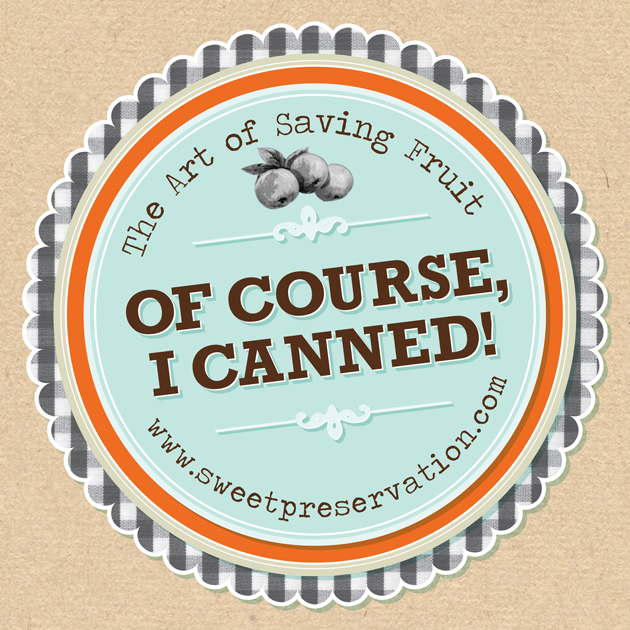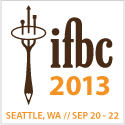Boiling Water Bath Canner

These canners are made of aluminum or porcelain-covered steel. They have removable perforated racks or wire baskets and fitted lids. The water bath canner must be deep enough so that at least 1 inch of briskly boiling water will be over the tops of jars during processing.
Some boiling water bath canners do not have flat bottoms. A flat bottom must be used on an electric range. Either a flat or ridged bottom can be used on a gas burner. To ensure uniform processing of all jars with an electric range, the canner should be no more than 4 inches wider in diameter than the element on which it is heated.
Why Choose Boiling Water Bath Canning to Preserve Food?
Boiling water bath canning is a safe and economical method of preserving high acid foods. It has been used for decades especially by home gardeners and others interested in providing food storage for their families where quality control of the food is in ones' own hands. Home food preservation also promotes a sense of personal satisfaction and accomplishment. Further, the guesswork is taken out of providing a safe food supply which has been preserved at home when guidelines for operating a water-bath canner are followed exactly, scientifically tested/approved recipes are utilized (1988 or later), and good quality equipment, supplies and produce are used.
What Foods Are Typically Processed Using a Boiling Water-bath Method and Why?
High acid foods can be safely processed at temperatures reached in the boiling water bath canner. To kill harmful molds, yeasts, and some bacteria, processing using the boiling water bath method ensures the safety of the preserved produce. Foods such as fruits, pickles, sauerkraut, jams, jellies, marmalades, and fruit butters/spreads fit into the high acid group since they have an acidity, or pH level, of 4.6 or lower. Most tomatoes and tomato products also fit into this category provided current recommendations for acidification* are followed.
*Acidification: Current recommendations for acidification of whole, crushed, or juiced tomatoes, are to add 2 tablespoons of bottled lemon juice or 1/2 teaspoon of citric acid per quart of tomatoes. For pints, use 1 tablespoon bottled lemon juice or 1/4 teaspoon citric acid. Four (4) tablespoons of a 5 percent acidity vinegar per quart may be used instead of lemon juice or citric acid. However, vinegar may cause undesirable flavor changes. Add sugar (or salt) to offset acid taste, if desired. This does not effect the acidity of the tomatoes.
Selecting The Correct Processing Time
To ensure the safety of food processed the boiling water bath method, use scientifically-tested recipes (dated 1988 or later) to prepare the produce and adjust the processing time for altitude using the chart below. Keep in mind that failing to properly lengthen processing times may result in short-term shelf-life or spoiled food due to the growth of mold, bacteria, and other microorganisms not detected by sight or smell. Food poisoning may result if the spoiled food is eaten.
Boiling Water Bath Canner Altitude Chart
Normally the processing times given for acidic foods in recipe and canning guides are based on an altitude at or below 1,000 feet above sea level using the Boiling Water Bath method. At altitudes ABOVE 1,000 feet, adjust the processing times according to the cute chart below.

Steps for Successful Boiling Water Bath Canning:
1. Fill the canner halfway with water.
2. Preheat water to 140 degrees F. for raw-packed foods and to 180 degrees F. (simmering with steam) for hot-packed foods. Raw or cold-packed foods are placed directly into hot jars and covered with hot syrup; hot- packed foods are partially cooked or heated through and placed hot into hot jars, and covered with hot syrup. See tested recipes for detailed instructions for various types of produce.
3. Load filled jars, fitted with lids, into the canner rack and use the handles to lower the rack into the water; or fill the canner, one jar at a time, with a jar lifter.
4. Add more boiling water, if needed, so the water level is at least 1 inch above jar tops.
5. Cover with the canner lid and turn heat to its highest position until water boils vigorously.
6. Set a timer for the number of minutes required for processing the food. (Check tested recipes for specific instructions for jams/jellies and pickles.)
7. Lower the heat setting to maintain a gentle boil throughout the process schedule.
8. Add more boiling water, if needed, to keep the water level to above one inch of the jar lids.
9. When jars have been boiled for the recommended time, turn off the heat and remove the canner lid.
10. Using a jar lifter, remove the jars and place them on a protected surface, leaving at least 1-inch spaces between the jars during cooling. Keep away from air drafts and let the jars cool at room temperature.
Sources: Adapted from information in the USDA Complete Guide to Home Canning and Ball Blue Book, Guide to Home Canning, Freezing & Dehydration.








